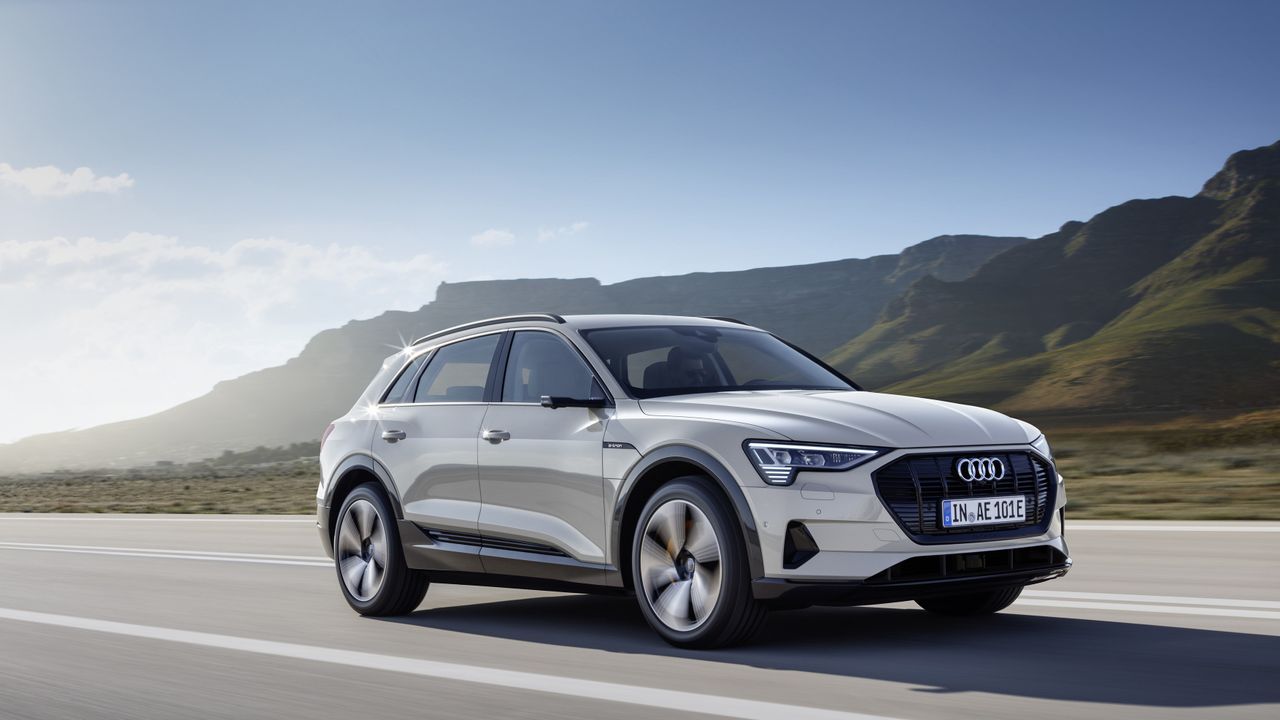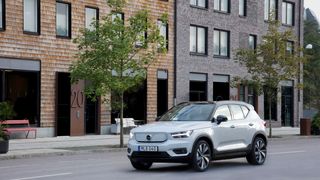AutoElectric Vehicles5 tips for planning an EV road-tripFrom adjusting driving behaviour to planning a route that takes advantage of enjoyable charging pit stops, EV drivers can enjoy a sustainable staycation this Easter bank holiday weekendWhen you purchase through links on our site, we may earn an affiliate commission.Here’s how it works.
AutoElectric Vehicles5 tips for planning an EV road-tripFrom adjusting driving behaviour to planning a route that takes advantage of enjoyable charging pit stops, EV drivers can enjoy a sustainable staycation this Easter bank holiday weekendWhen you purchase through links on our site, we may earn an affiliate commission.Here’s how it works.
From adjusting driving behaviour to planning a route that takes advantage of enjoyable charging pit stops, EV drivers can enjoy a sustainable staycation this Easter bank holiday weekend
When you purchase through links on our site, we may earn an affiliate commission.Here’s how it works.
(Image credit: Audi)

(Image credit: Audi)
With the hottest day of the year so far recorded in March, many Brits are already thinking about travel plans for the Easter bank holiday weekend (despite the recent snow).
This year is predicted to be a record-breaking year for staycations with 53% of us intending to holiday in the UK in 2022, but with 247,827 miles of road network in the UK and the average electric vehicle having a range of 201 miles on a single charge, an electric road-trip can seem a little daunting.
Osprey Charging, one of the fastest-growing UK networks of rapid electric vehicle charging points, has shared with us its top tips on how to have the most cost-effective, sustainable electric trip over the Easter bank holiday weekend.
Here are the brand’s five top tips for an electric road trip:
1. Understand your electric vehicle
Before you leave, understand your EV’srange and what charge rate can your vehicle handle, if you do need to stop at a rapid charger. For example, if your EV’s maximum charge rate is 50kW, the vehicle will not be able to charge any faster than 50kW when using an ultra-rapid 150kW chargepoint.
2. Charge at home
If you have a home charger, slow charge to 100% at home the night before. A smart charger is ideal for this as it captures off-peak rates and draws clean energy from the grid in line with your home’s energy tariff. Not only does this mean you’re minimising a charging stop during your journey the next day, but it’s an easy way to save money and reduce your carbon emissions.
3. Head for fast chargers
Sign up to the T3 newsletter for smarter living straight to your inbox
Get all the latest news, reviews, deals and buying guides on gorgeous tech, home and active products from the T3 experts
(Image credit: Volvo)

(Image credit: Volvo)
4. Recharge yourself, as well as the car
Take a break and combine charging with a natural rest stop to make the most of your charging time. There are various charging stations available at tourist attractions, restaurants, shopping retail parks, supermarkets, and hotels as well as at traditional motorway services. Depending on the length of your road trip and if you charge your EV the night before at home, you may not even need to make a charging pit stop at all!
5. Drive efficiently
This is relevant for all cars, regardless of their power source. The faster you drive, the more energy you will use. To help maximise your EV’s range, avoid fast acceleration (however tempting in an EV!) and harsh braking, and make use of your vehicle’s eco mode. Check your tyres too – improperly inflated tyres will increase energy consumption and drain your battery.

Build bigger arms in just 30 minutes with this 5-move dumbbell-only workoutIt’ll leave the biceps and triceps popping!
It’ll leave the biceps and triceps popping!

OMEGA puts the moon on your wrist with its new Speedmaster Moonphase MeteoriteOMEGA adds two new Moonphase Meteorite watches to its Speedmaster line-up
OMEGA adds two new Moonphase Meteorite watches to its Speedmaster line-up